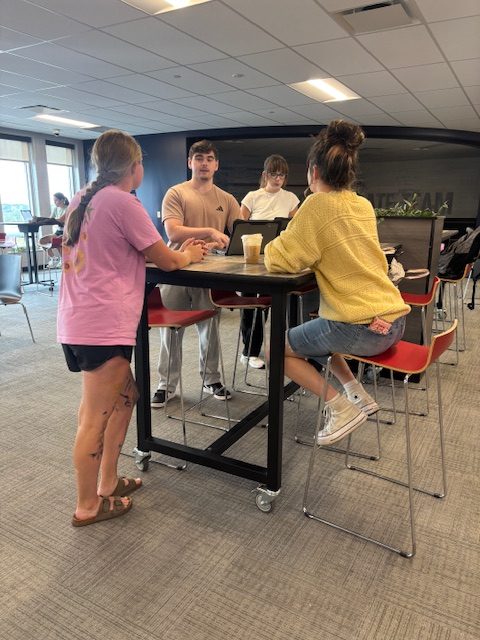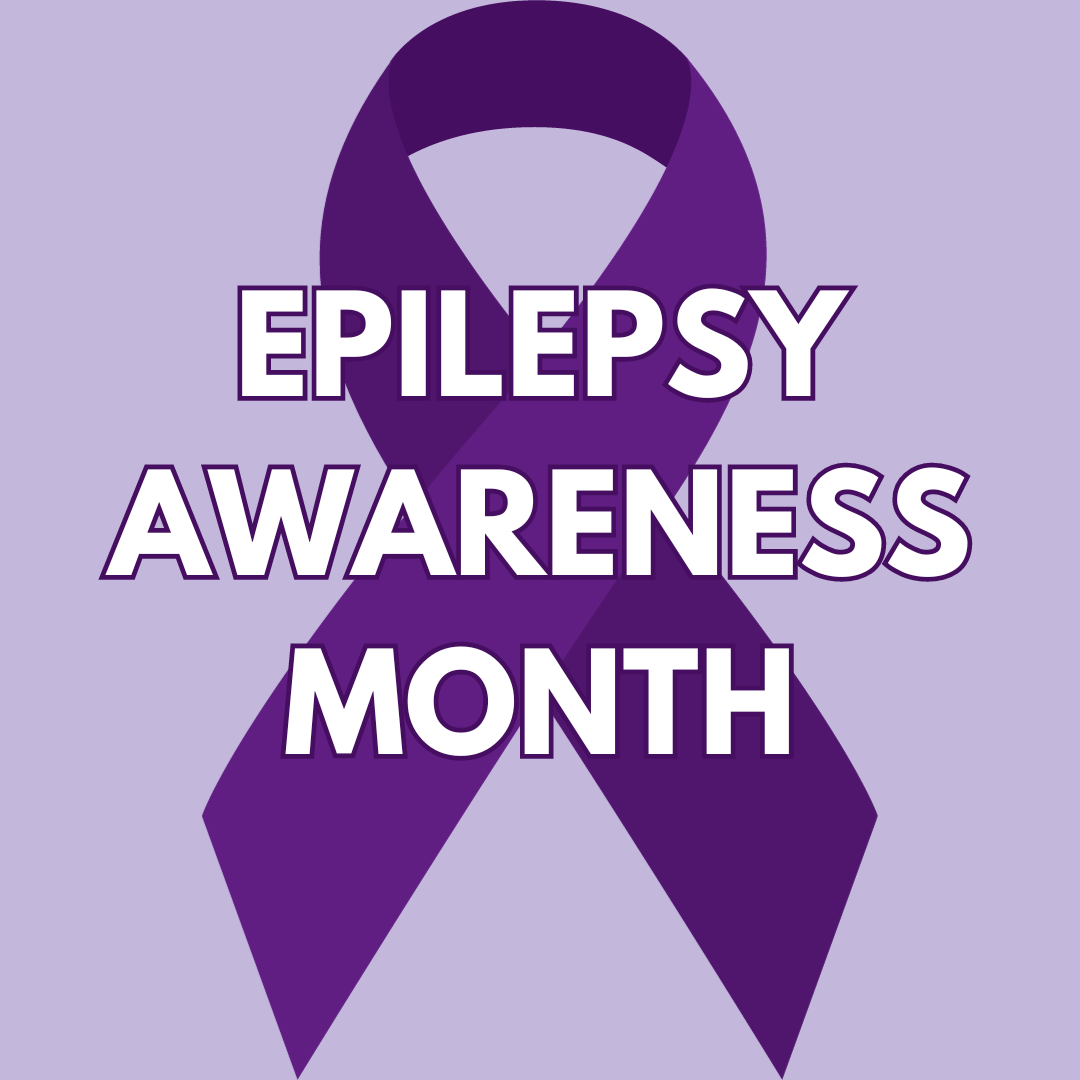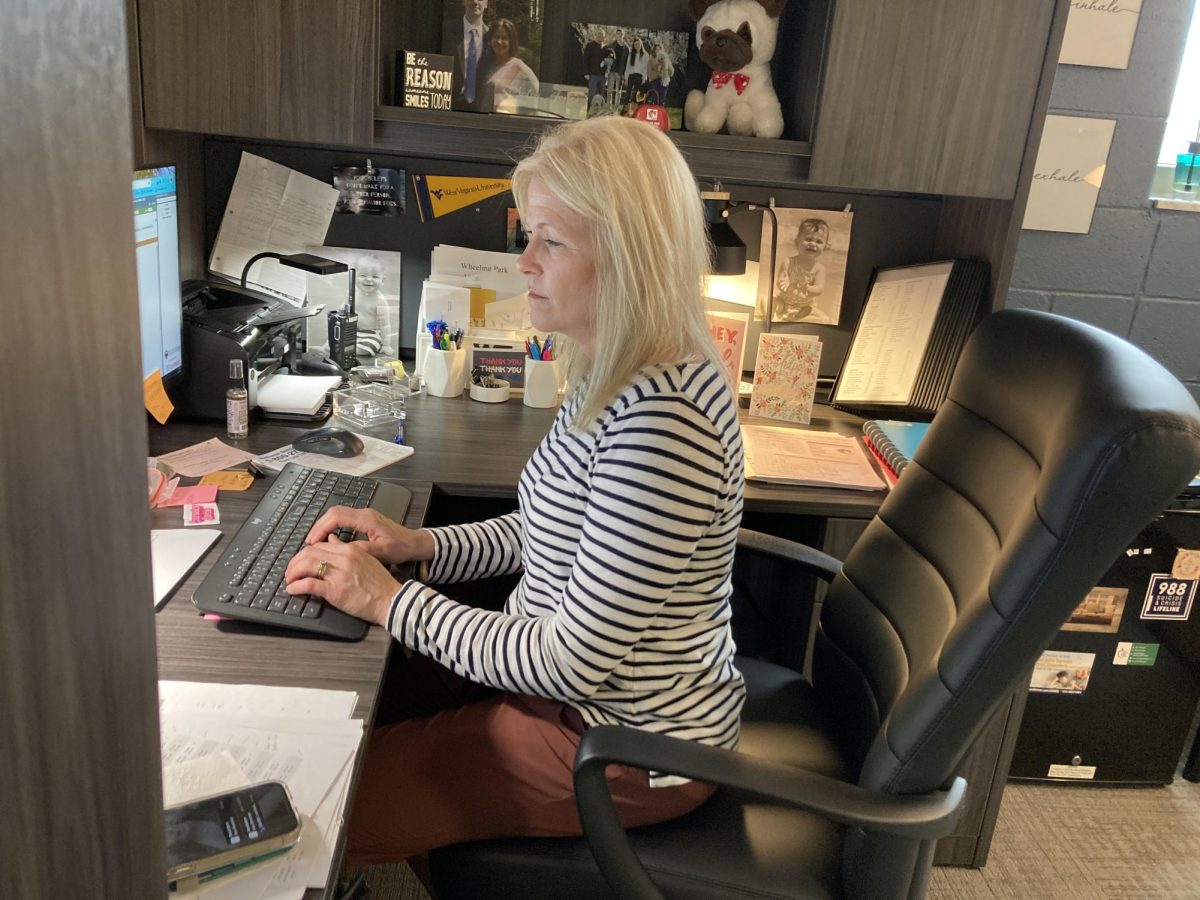The month of November is National Epilepsy Awareness Month. Epilepsy is a brain disorder that causes recurring seizures, which affects 3.4 million people nationwide. The goal this month is to raise public awareness and reduce the stigma around epilepsy. The month provides the space for people living with epilepsy and their caregivers to share their stories in the hopes of educating others. Junior, Grace Robertson-Villamagna was diagnosed with epilepsy at the age of eleven.
“My mom is a nurse, and one day I was talking to her, and I kind of zoned out. I didn’t know at the time, but I was having an absent seizure,” said Grace. “Then she took me to the doctors, and they did this test on me where they made me hyperventilate to see if I would have an absent seizure. Basically, I had to blow on a pinwheel, and I ended up having an absent seizure.”
Grace ended up being diagnosed with Childhood Absence Epilepsy which is a form of epilepsy with absent seizures starting in young children. There are many different variations of epilepsy and types of seizures one can have. “My diagnosis kind of changed throughout the years, like now I think it’s… I actually don’t know what it is right now,” said Grace.
An Epilepsy diagnosis can have a drastic effect on one’s life. “It’s put a lot of restrictions that I didn’t previously have on my life. I was diagnosed at eleven, so I lived eleven years without any issues, and then all of a sudden I had all of these restrictions on my life that took away from the things that I love,” said Grace.
Not only does it affect one’s physical health, but it can also negatively affect one’s mental health. “I felt like I did something wrong, even though I didn’t when I was diagnosed. I didn’t really know how to deal with it at the time, so it affected the way I grew up throughout middle school, but I’ve definitely learned how to deal with it a lot better now,” said Grace.
Seizures can be scary, not only for the people having them, but also for bystanders. If you take the necessary steps to be educated on what to do in the event of a seizure, it can help you feel less scared and more prepared. “I have a protocol that covers the entire response, from the Epilepsy Foundation, that I send to all the teachers at the beginning of the year,” said Ms. Updegraff, Wheeling Park’s school nurse. This protocol provides 6 easy steps to help someone in the event of a seizure. These steps are:
- STAY with the person and start timing the seizure. Remain calm and check for medical ID.
- Keep the person SAFE. Move away from harmful objects.
- Turn the person onto their side if they are not awake and aware. Don’t block the airway, put something small and soft under the head, loosen clothes around the neck.
- Do NOT put anything in their mouth.
- Do NOT restrain.
- STAY with them until they are awake and alert after the seizure. Most seizures end in a few minutes.
Grace became an ambassador for the Epilepsy Foundation this past September after applying for the third time. She has been collaborating with Mrs. Unique Murphy to raise awareness for Epilepsy here at Wheeling Park High School. The two plan to post seizure first-aid protocol posters up all around the school in areas such as classrooms, the gymnasium, and the cafeteria in order to educate people about seizures. They also plan to have a day where everyone wears purple, which is the chosen color of the month, and collect donations for the Epilepsy Foundation.
“One of the main things that I think most people with Epilepsy want is for people to be more understanding overall. You don’t have to memorize everything about epilepsy or know everything, but just have an understanding of what a person may be going through,” Grace said.
This month, be sure to support your peers who have Epilepsy by educating yourself on the disorder, learning how to handle a possible seizure situation, and making sure to treat those with the disorder with empathy and understanding, because you never know what they’re going through.
























